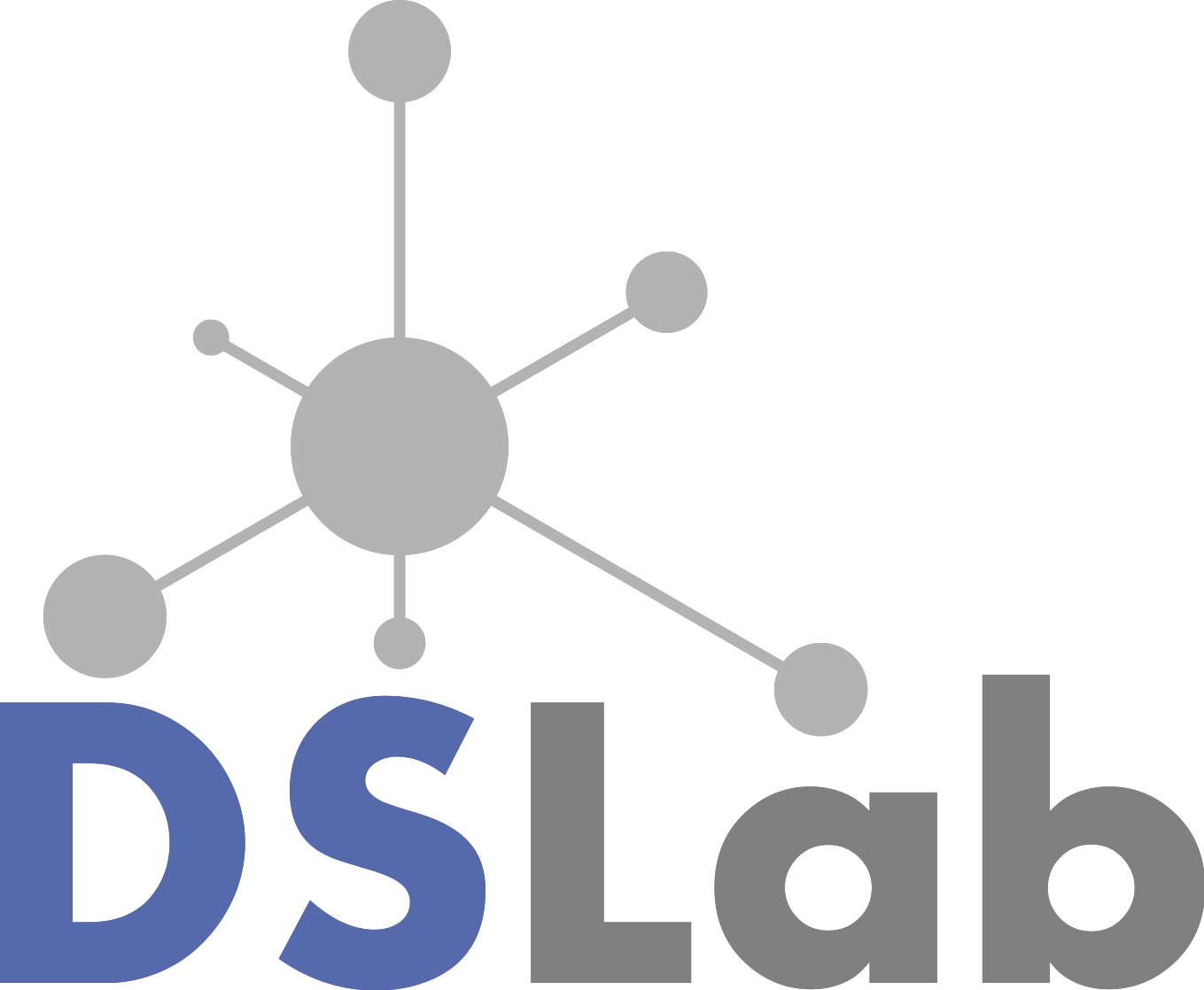DSLab WNE UW

Aim of the project
The main purpose of this project is to calculate economic prosperity indicators at regional and local level in Poland, starting from the mid-1990s. and analyzing if and how economic inequalities have changed over time. Local well-being measures will be estimated based on satellite images (night light intensity and high-resolution images taken during the day) and using various machine learning algorithms.
The development of big data in recent years has caused an explosion of their new applications. The growing amount of data is spatial big data – containing geolocation information. The concept of spatial big data also refers to information collected by satellites orbiting the Earth. Recently, data on theintensity of night lightsbased on images collected by sensors installed on satellites are increasingly used to monitor human impact on the Earth’s surface. Looking at Earth from space, places that are brighter at night tend to be more developed, while in poorer areas brightness levels are lower. Therefore, data on the intensity of night lights are often used as an approximate indicator of economic activity at regional and local level.
Therefore, data on the intensity of night lights are often used as an approximate indicator of economic activity at regional and local level.
The credibility of the intensity of night lights as a good measure of economic well-being for small areas raises doubts. Due to the limited scale of the data, the data do not allow to correctly distinguish regions with large differences in income. In addition, these data are influenced by two sources of noise – glow, the tendency of light to propagate in areas surrounding its actual source and glare, artificially increased light intensity on certain types of terrain, such as water, ice and sand.
The analysis of high resolution satellite images taken during the day is another innovative solution to overcome the limitations of light intensity data at night. Powerful machine learning algorithms for image recognition can be used to identify important characteristics in images. Convolutional neural networks allow the photo to identify, for example, the number and density of buildings, the size of the shadow area as an approximation to the height of the building, the number of cars, density and length of roads, type of agricultural land, type of roof, etc. These features are then used in statistical models as variables predicting the level of economic well-being index.
Project supervisors

Korneliusz Krysiak

Michał Szałański

Krystian Andruszek

Ewa Sobolewska
Do you like our projects? Do you have idea for your own project?
Office
Długa 44/50, 00-241 Warsaw, Poland
Hours
Mon-Fri: 9.00-17.00
Sat-Sun: Closed
Contact
Dr Piotr Wojcik

